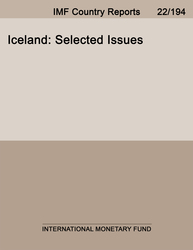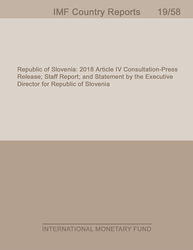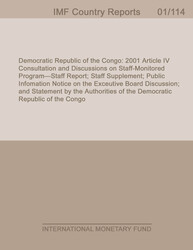
Iceland: Selected Issues
This Selected Issues paper on Iceland analyzes housing market risks and housing affordability.
READ MORE...
Volume/Issue:
Volume 2022
Issue 194
Publication date: June 2022
ISBN: 9798400214608
$20.00
Add to Cart by clicking price of the language and format you'd like to purchase
Available Languages and Formats
| English |
Prices in red indicate formats that are not yet available but are forthcoming.
Topics covered in this book
This title contains information about the following subjects.
Click on a subject if you would like to see other titles with the same subjects.
Money and Monetary Policy , Taxation - General , International - Economics , Environmental Economics , Environmental Conservation and Protection , housing affordability , D , containing housing market , C , informing housing market policy , Energy exchange transition , I , carbon absorption , Housing prices , Greenhouse gas emissions , Carbon tax , Housing , Global
Also of interest
Summary
This Selected Issues paper on Iceland analyzes housing market risks and housing affordability. House prices in Iceland have increased markedly since the onset of the coronavirus disease-pandemic, with signs that the valuations have exceeded macro fundamentals and long-term trends. Overvaluation has important implications for macroeconomic and financial stability, and housing affordability. House price cycles seem to be closely linked with the business cycle, indicating an amplification risk in the event of price correction. Thus, well calibrated and coordinated policies are crucial to navigate the house price cycle, minimize adverse feedbacks, and reduce affordability risk. IMF’s quantitative analysis examines the interplay between house prices and related factors. The ongoing monetary policy tightening cycle should help address Iceland’s house price pressures. Further macroprudential tightening through binding and effective borrower-based measures could help contain systemic risks and create further buffers in the financial sector. In the medium term, focusing on structural measures that reduce construction costs and increase supply by eliminating red-tape and reducing the period for obtaining building permits is likely to have the highest pay-off.
Copyright © 2010 - 2026
Powered by:
AIDC



